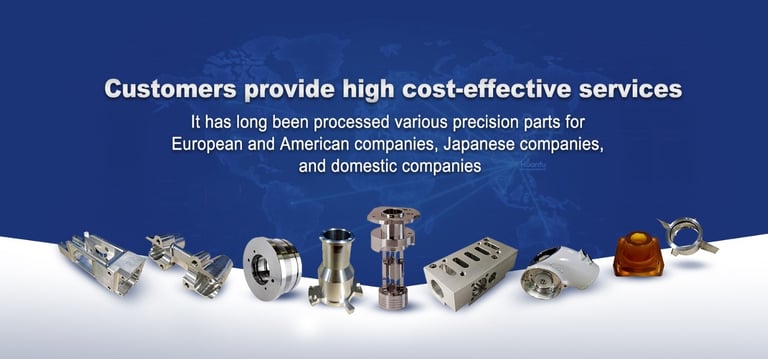3D Printing Service
3D printing is an additive manufacturing technology that creates three-dimensional objects by layering materials based on digital design files. It builds up objects incrementally, often using materials like plastics, metals, or ceramics. This technology is widely used across various fields, including manufacturing, healthcare, architecture, and art. Key advantages of 3D printing include rapid prototyping, customization, and reduced material waste. As technology advances, 3D printing is becoming more efficient, capable of producing complex structures and using a broader range of materials. Despite challenges like printing speed and material limitations, 3D printing offers new possibilities and flexibility for modern manufacturing and design.
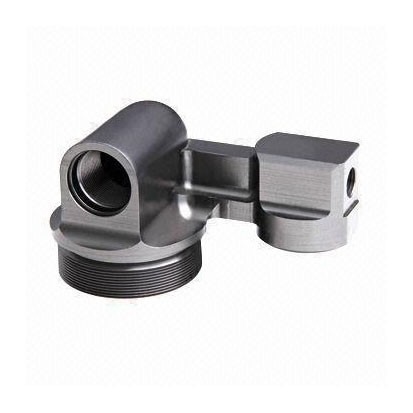

Best Beginner 3D Printer
Entering the world of 3D printing can be exciting yet overwhelming, especially for beginners. Choosing the right 3D printer is crucial for a smooth start, and several key features make certain models stand out as ideal for newcomers. Here’s a guide to the best beginner 3D printers that combine ease of use, affordability, and reliable performance.
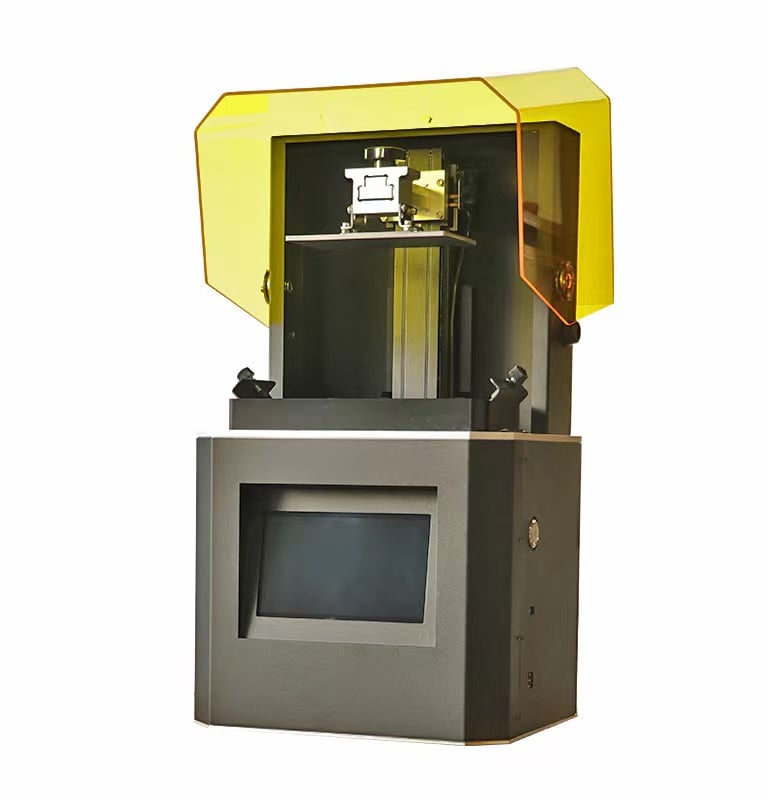

Key Features to Consider
Ease of Assembly and Use: For beginners, a 3D printer that is easy to assemble and operate is essential. Many entry-level models come pre-assembled or require minimal setup. Features like automatic bed leveling and user-friendly interfaces further simplify the process, allowing users to focus more on their projects and less on troubleshooting.
Print Quality: Despite being entry-level, a good beginner 3D printer should offer satisfactory print quality. Look for models that provide consistent layer adhesion and have a resolution suitable for basic projects. A printer with a heated bed and all-metal hotend can improve print quality and reliability.
Build Volume: The build volume determines the maximum size of objects you can print. For beginners, a moderate build volume is usually sufficient. Printers with a build volume of around 150x150x150 mm to 220x220x250 mm are versatile enough for most introductory projects while not being too cumbersome.
Material Compatibility: PLA (Polylactic Acid) is the most recommended filament for beginners due to its ease of use and low warping. Ensure the printer is compatible with PLA and, if possible, other common filaments like PETG or ABS. Some models come with additional features like filament sensors and enclosures to handle different materials more effectively.
Support and Community: A printer backed by a strong support network and an active user community can be very helpful. Online forums, tutorials, and customer service can assist beginners in overcoming common challenges and learning how to get the best results from their printer.


Understanding 3D Printing Plastics
3D printing plastics are vital materials used in additive manufacturing to create three-dimensional objects. Each type of plastic has unique properties that cater to different printing needs, making it essential to understand their characteristics to choose the right one for your projects. Here’s a detailed look at some of the most commonly used 3D printing plastics.
PETG (Polyethylene Terephthalate Glycol)
PETG combines the best properties of PLA and ABS, offering strength, flexibility, and ease of use. It is resistant to impact and moisture, making it suitable for mechanical parts and outdoor applications. PETG prints with less warping than ABS and does not require a heated bed, though it may exhibit some stringing. It also has a clear, glossy finish, which is advantageous for parts that require transparency.
TPU (Thermoplastic Polyurethane)
TPU is a flexible filament known for its rubber-like properties. It is ideal for applications that require elasticity, such as phone cases, gaskets, and wearables. TPU is durable, resistant to abrasion, and can withstand significant bending without breaking. Printing with TPU requires slower speeds and a well-calibrated extruder to handle its flexibility effectively.
Nylon
Nylon is a strong, flexible, and durable plastic used for high-performance parts. It has excellent mechanical properties, including resistance to wear and impact. Nylon prints are ideal for functional parts, gears, and engineering prototypes. However, it requires precise printing conditions, including a heated bed and proper storage to avoid moisture absorption, which can affect its quality.
PLA (Polylactic Acid)
PLA is one of the most popular and beginner-friendly 3D printing materials. Made from renewable resources like corn starch or sugarcane, PLA is biodegradable and has a low environmental impact. It is known for its ease of use, minimal warping, and low odor during printing. PLA produces high-quality prints with a smooth finish and is ideal for creating detailed models, prototypes, and decorative items. However, it is less suitable for high-stress applications due to its lower strength and heat resistance.
ABS (Acrylonitrile Butadiene Styrene)
ABS is a robust and versatile plastic commonly used in 3D printing for functional parts and durable prototypes. It has high impact resistance and can withstand higher temperatures compared to PLA. ABS is also known for its ability to be easily post-processed, allowing for sanding and painting. However, it requires a heated bed and a well-ventilated area due to its tendency to emit fumes during printing.
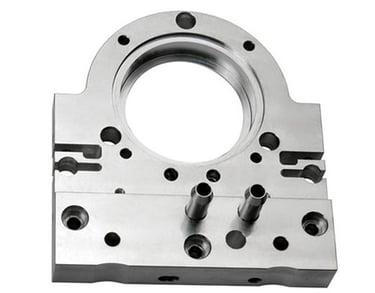

Metal 3D Printing
Metal 3D printing, also known as additive manufacturing, has transformed the landscape of modern manufacturing by enabling the production of complex and high-performance metal components. This technology builds objects layer by layer using metal powders or wires, offering several advantages over traditional manufacturing methods.
Advantages of Metal 3D Printing
Design Flexibility: Metal 3D printing allows for the creation of complex geometries and internal structures that are difficult or impossible to achieve with traditional manufacturing techniques. This flexibility enables the production of customized parts and optimized designs that reduce material waste and enhance performance.
Rapid Prototyping: The technology enables quick turnaround times for prototyping, allowing designers and engineers to test and iterate on their designs faster than conventional methods. This speed accelerates innovation and reduces development costs.
Material Efficiency: Metal 3D printing is a subtractive process, meaning it builds up parts layer by layer rather than cutting away from a solid block. This approach minimizes material waste and can result in cost savings, especially when working with expensive metals.
Applications and Future Outlook
Metal 3D printing is widely used in aerospace, automotive, medical, and industrial sectors, where high-strength and precision components are required. As technology advances, it is expected to further revolutionize manufacturing by making it more efficient and accessible.
Key Technologies in Metal 3D Printing
Selective Laser Sintering (SLS): SLS is a widely used metal 3D printing technique that employs a high-powered laser to selectively sinter (or fuse) metal powders into a solid structure. The process involves spreading a layer of metal powder on a build platform, which is then selectively melted by the laser according to the 3D model. The platform is lowered, and a new layer of powder is applied, repeating the process until the part is completed. SLS is known for its ability to produce intricate geometries and high-quality parts with excellent mechanical properties.
Direct Metal Laser Sintering (DMLS): Similar to SLS, DMLS uses a laser to melt metal powders to form solid parts. However, DMLS typically works with a wider range of metals, including stainless steel, titanium, and aluminum alloys. This method is ideal for creating functional components, prototypes, and tools that require high strength and precision.
Metal Jetting: Metal jetting is a newer technology that involves depositing tiny droplets of molten metal onto a build platform, where they solidify to form the final part. This technique can produce parts with high resolution and excellent surface finish. It is particularly useful for creating complex, intricate designs that are difficult to achieve with other methods.
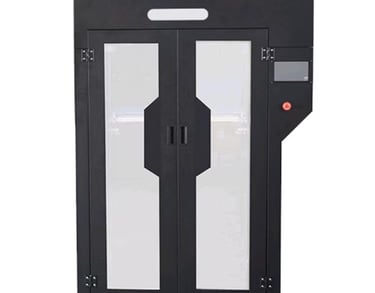

Understanding Finished 3D Printed Houses
3D printed houses represent a groundbreaking innovation in construction technology, offering a glimpse into the future of affordable, sustainable, and customizable housing. Utilizing advanced 3D printing techniques, these homes are constructed layer by layer from a variety of materials, primarily concrete or specialized composites.
Sustainability: 3D printed houses are often constructed using eco-friendly materials and processes. The ability to reduce material waste and utilize recycled or locally sourced materials contributes to a lower environmental impact. Additionally, the technology supports energy-efficient designs that can further reduce the home's carbon footprint.
Structural Integrity: The materials used in 3D printing, such as concrete and composite mixes, are engineered to provide durability and structural integrity. These materials are often designed to withstand various environmental stresses, including extreme weather conditions, ensuring that 3D printed houses are both safe and long-lasting.
Current Applications and Future Prospects
3D printed houses have already been implemented in various locations around the world, including affordable housing projects and experimental designs. Companies and researchers are continually advancing the technology, exploring new materials, and refining construction techniques to enhance the capabilities and applications of 3D printed homes.
Key Features of 3D Printed Houses
Design Flexibility: One of the standout features of 3D printed houses is their design flexibility. The technology allows for intricate and custom designs that would be challenging or cost-prohibitive to achieve with traditional construction methods. Architects and builders can create unique shapes, textures, and structures, tailoring homes to specific needs and preferences.
Speed of Construction: 3D printing can significantly reduce the time required to build a house. Traditional construction methods often involve multiple stages and numerous labor hours, whereas a 3D printer can complete the main structure of a house in a matter of days. This rapid construction process not only accelerates project timelines but also helps in addressing housing shortages more efficiently.
Cost Efficiency: The cost per square foot of a 3D printed house can be lower than that of conventionally built homes. This is due to reduced labor costs, less material waste, and the efficiency of the printing process. While the initial investment in 3D printing technology may be high, the overall cost savings in material and labor can make it a more affordable option in the long run.
If You Need 3D Printing Services, Look No Further!Email Leon or WhatsApp
If you’re seeking reliable and high-quality 3D printing services, you’ve come to the right place. We offer comprehensive 3D printing solutions tailored to meet your specific needs, whether you're an individual with a creative project, a startup looking for prototypes, or a company needing production-grade parts.
Our Facebook Group:https://www.facebook.com/groups/493368389181677/
Our 3D Printing Services Include:
1. Custom 3D Printing: We specialize in custom 3D printing, allowing you to bring your unique designs to life. Our team works with you to understand your vision and requirements, using advanced 3D printing technology to create precise and detailed models. From intricate prototypes to one-of-a-kind objects, we deliver high-quality results tailored to your specifications.
2. Rapid Prototyping: Speed is crucial when developing new products. Our rapid prototyping services enable you to quickly produce and test functional models. By utilizing state-of-the-art 3D printers and materials, we help you streamline your product development process, identify potential issues early, and make necessary adjustments before moving to full-scale production.
3. Production Parts: For businesses needing durable and high-performance parts, we offer production-grade 3D printing services. Our capabilities include producing small to medium-sized production runs with consistent quality and precision. We use robust materials suitable for functional parts, including engineering-grade polymers and metal alloys.
4. Material Options: We provide a wide range of materials to suit various applications. Whether you need standard PLA for prototyping, flexible TPU for custom components, or high-strength Nylon for demanding applications, we have the material solutions to meet your needs. Our selection ensures that you get the right properties and performance for your specific project.
5. Design Assistance: If you need help with design or are unsure how to start, our experienced team is here to assist. We offer design consultation services to optimize your 3D models for printing, ensuring they meet technical requirements and achieve the best possible outcome.
6. Post-Processing: To achieve a polished and professional finish, we provide post-processing services including sanding, painting, and assembly. Our goal is to deliver a final product that meets your quality standards and aesthetic preferences.
Why Choose Us?
Expertise: Our team has extensive experience in 3D printing across various industries, ensuring high-quality results and innovative solutions.
Advanced Technology: We use cutting-edge 3D printing technology and materials to produce precise and reliable prints.
Customer Focus: We prioritize your needs and work closely with you to deliver solutions that exceed your expectations.
For top-notch 3D printing services that cater to your unique needs, get in touch with us today. Let us help you transform your ideas into reality with our expert 3D printing solutions.


